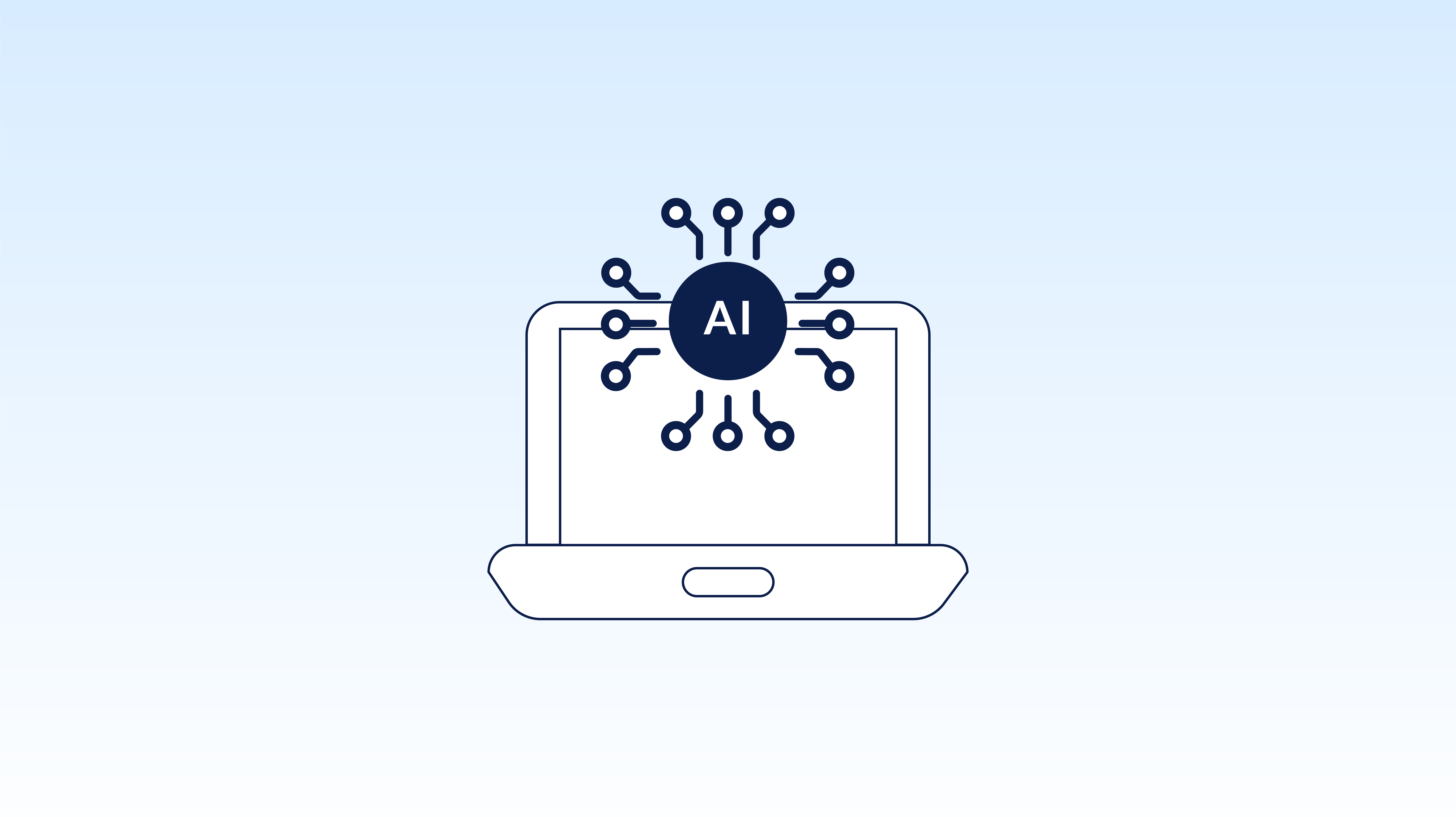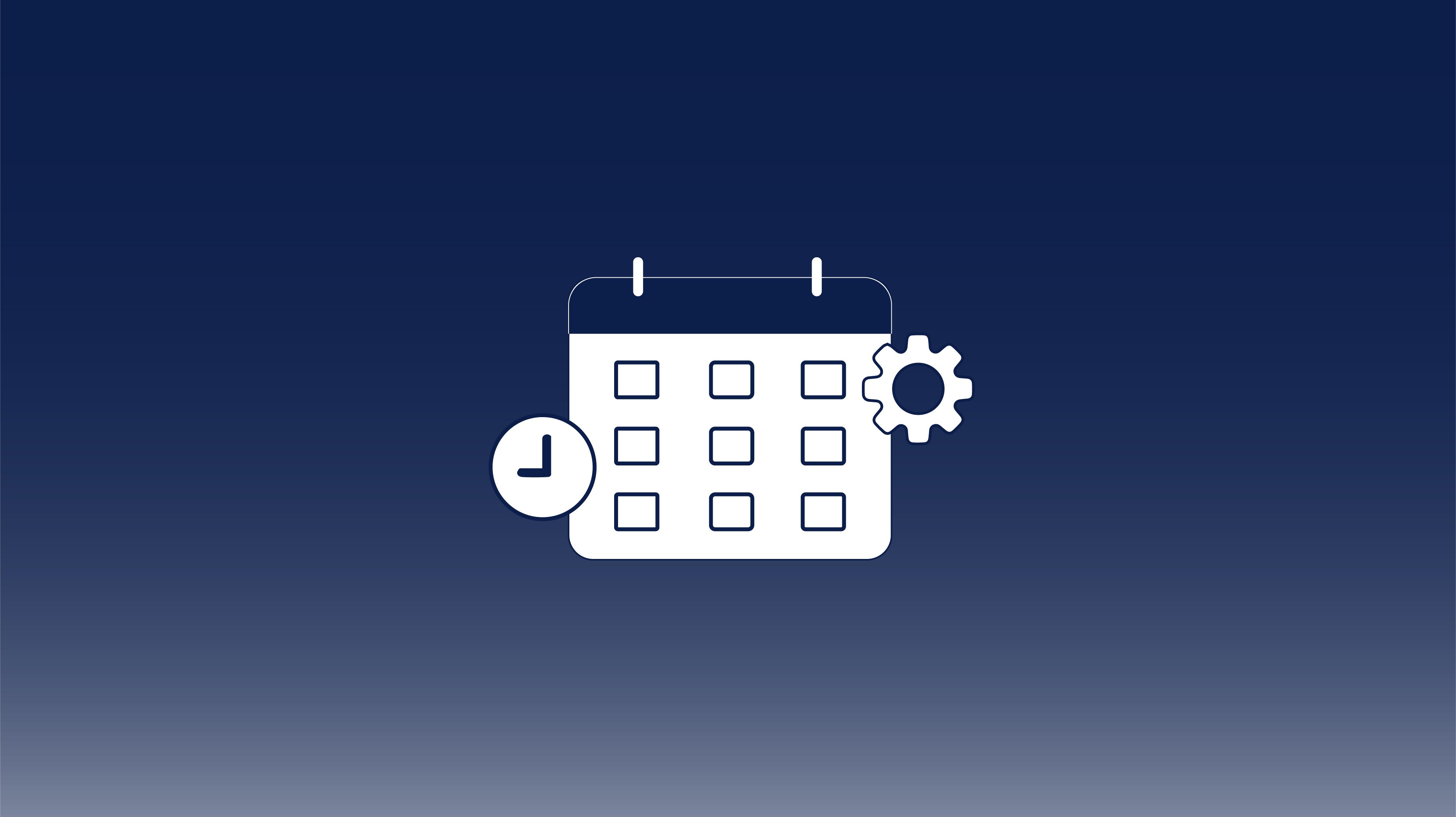Automated Accounts Receivable Programs: Cutting DSO by 30% in Six Months
In today’s economy, speed to cash is as important as speed to market. Companies that let receivables linger for 60, 75, or even 90 days are putting...

In case you haven’t noticed, artificial intelligence (AI) has been transforming the finance industry over the last decade, reshaping everything from data entry and payments to auditing and data analysis. Now, it’s become a game-changer for accounts payable, streamlining tasks that once consumed the valuable time and resources of finance teams.
With financial processes transforming rapidly across many industries, AI in accounts payable is poised to deliver even more significant changes in the years to come. This article will explore how AI is reshaping AP functions and will highlight five key AI trends poised to shape the future of AP automation. Along the way, we will demystify the technologies powering this transformation, and explain why they matter.
Before diving into trends, it’s important to understand just how AI is reshaping the foundational aspects of AP, and three major areas come to mind: automation of manual processes, data accuracy, and decision-making capabilities.
By automating manual processes like invoice receipt, matching, and approvals, AI is minimizing the need for human intervention in accounts payable. This not only reduces workload but it also reduces the potential for human errors.
AI technology such as Optical Character Recognition (OCR) is also improving data accuracy by extracting accurate data from invoices, POs, and receipts, reducing the risks associated with manual data entry and ensuring that AP records are reliable and up-to-date.
The other aspect of AI that’s revolutionizing accounts payable is the ability of machine learning (ML) algorithms to analyze large datasets in real time, and this provides actionable insights that help AP teams optimize cash flow management, detect anomalies, and prevent fraud.
One of the most impactful trends in accounts payable automation is the move toward end-to-end automation. In fact, a 2024 survey by the Institute of Financial Operations & Leadership (IFOL) found that 45% of respondents were planning to achieve full automation in the next 12 months.
Previously, AP automation only handled parts of the process, such as invoice scanning or payment approval. But now, with the integration of AI, the entire workflow—from receiving the invoice to approving the payment and recording the transaction—can be automated.
In all, end-to-end automation eliminates bottlenecks, ensures that every step in the process follows a predefined workflow, and reduces the amount of manual intervention required. As more organizations adopt this comprehensive approach, they’ll benefit from faster processing times, fewer errors, and increased operational efficiency.
It’s widely known that accounts payable is vulnerable to fraud—with common threats including duplicate payments, false invoicing, and phishing attacks. And with 80% of organizations victimized by payment fraud attacks or attempts in 2023, the need to mitigate the problem has become imminent. Thankfully, AI is beginning to revolutionize fraud detection by using machine learning algorithms to spot suspicious behavior in real-time and promptly flag for discrepancies.
For businesses in general, the ability of AI to analyze large volumes of data at lightning speed and recognize subtle deviations makes it an invaluable tool for safeguarding company finances. This is especially critical today as fraudsters become more sophisticated and traditional methods of fraud detection struggle to keep up.
AI doesn’t just help automate tasks; it empowers AP departments to make better strategic decisions through data analytics. Besides analyzing invoice processing cycles and spending patterns, AI systems can evaluate historical payment data,vendor performance, and more in order to provide actionable insights. For example, AI can recommend the optimal time to make payments based on cash flow forecasts, or it can help identify vendors with the best terms based on past interactions.
In terms of value, the ability of AI to transform raw data into meaningful insights is particularly important in complex financial environments. As organizations handle more data, AI will enable AP teams to make more informed decisions, leading to better financial outcomes and stronger vendor relationships.
One of the challenges in automating accounts payable is ensuring seamless integration with existing enterprise resource planning (ERP) systems and other financial or accounting platforms. In the future, AI-powered AP solutions will be designed to easily integrate with these systems and ensure a smooth flow of data across organizations choosing to adopt the integrations.
The trend noted here is particularly critical because AP doesn’t operate in a vacuum—it’s part of a broader financial ecosystem that includes procurement, treasury, and accounting. AI’s ability to link all these areas will allow businesses to manage their finances holistically, avoiding silos and reducing duplication of efforts.
Natural Language Processing (NLP) combines computational linguistics with AI to facilitate communication between humans and machines in a way that mimics human understanding. It encompasses a number of tasks such as sentiment analysis, language translation, and text summarization, allowing systems to interpret context and meaning in human language.
In accounts payable, NLP is being applied to help process invoices more efficiently and move them toward payment more quickly—much different than traditional invoice processing systems which rely on static, paper data formats that differ from one vendor to another.
With NLP, AI systems can read and understand unstructured data from invoices—regardless of format—and extract relevant information like vendor details, amounts, and payment terms. Altogether, this development is a game-changer for AP departments dealing with high volumes of invoices from diverse vendors.
With the future of accounts payable set to rely heavily on AI, it’s important to differentiate between some of the key technologies driving this change: AI, machine learning (ML), and optical character recognition (OCR). Getting to know these technologies will not only help your organization adapt more easily to automation, but it will also help determine ways to apply it to your operations more strategically.
AI refers to the broader capacity of machines to perform tasks that would typically require human intelligence. In accounts payable, AI serves as the backbone of automation because it enables systems to perform tasks such as decision-making, anomaly detection, and data extraction. AI’s ability to learn and adapt means that over time, it can improve its efficiency and accuracy, leading to more streamlined, cost-effective, and error-free AP processes.
Machine learning is a subset of AI that focuses on teaching machines to learn from data without being explicitly programmed. In accounts payable, ML algorithms can analyze historical data to recognize patterns, predict outcomes, and make recommendations. For example, ML can:
Because machine learning can improve over time, it’s become one of the most valuable tools for automating more complex AP tasks and decision-making processes. You can get a more in-depth look at how AI and ML are changing accounts payable by reviewing this research.
Optical character recognition (OCR) technology is an essential tool for AP automation because of its ability to convert different types of documents—like scanned invoices, PDFs, and handwritten forms—into machine-readable data. In short, it allows AP systems to automatically extract information from invoices, such as invoice numbers, supplier names, and payment amounts, without the need for manual data entry.
While OCR has been around for some time, it’s becoming more powerful when combined with AI and ML. Modern OCR systems, powered by AI and ML, are significantly better today at recognizing and understanding different formats and reducing the need for human oversight.
There’s no doubt: The future of accounts payable is going to be bright. As companies adopt end-to-end automation, bolster fraud detection, leverage advanced analytics, and streamline invoice processing, the AP landscape will become more efficient, accurate, and secure in the coming years.
Whether you’re just getting started with AI in your accounting operations, or you’re partially automated and are looking to take those next steps, CloudX has invoice and payment automation solutions able to move your business forward and take advantage of all the benefits AI technology can offer.
Contact CloudX here for more information or to request a no-obligation demo.

In today’s economy, speed to cash is as important as speed to market. Companies that let receivables linger for 60, 75, or even 90 days are putting...

Managing operational costs today often means balancing operational costs against tight margins, making it essential to join a group purchasing...